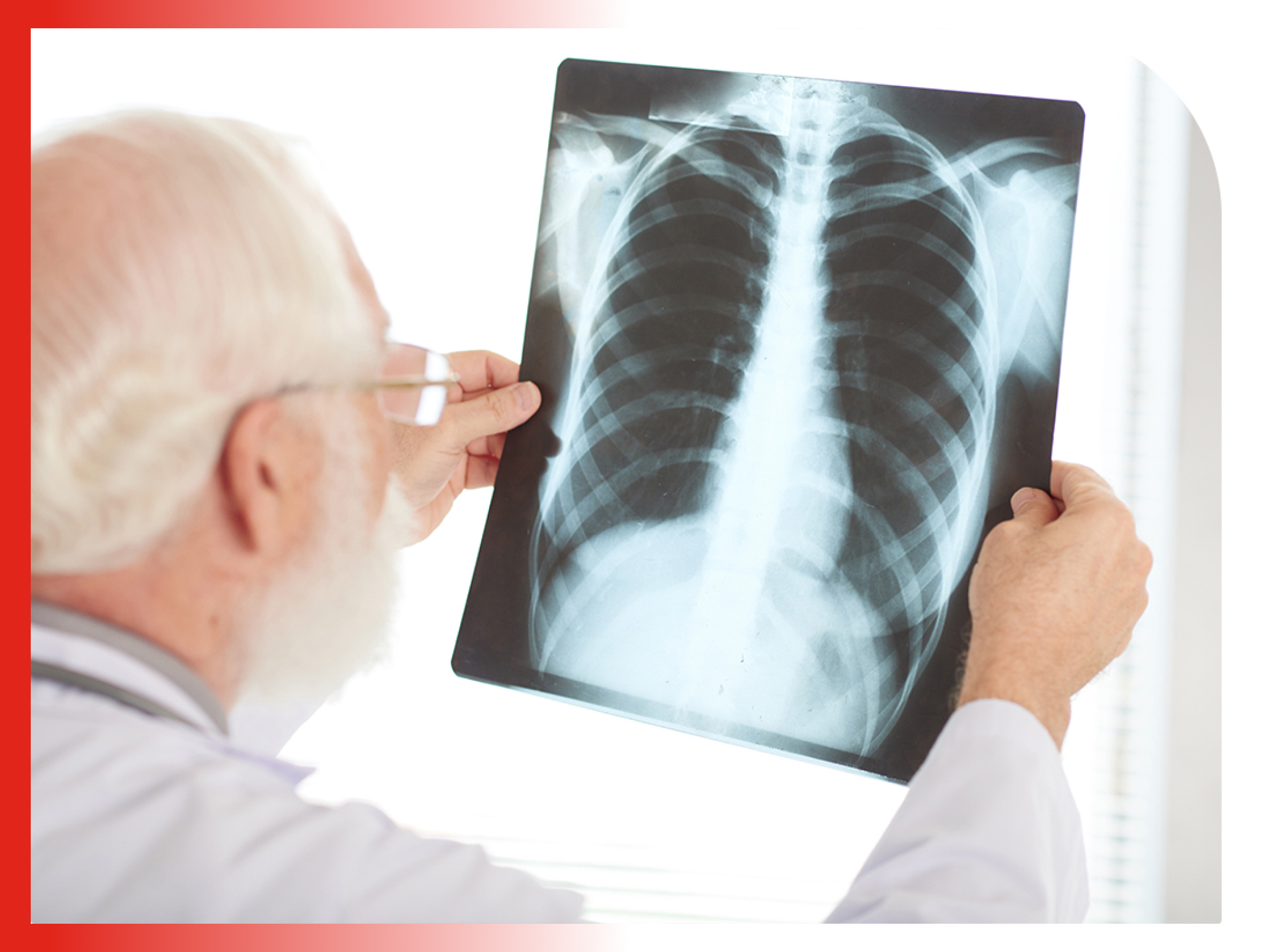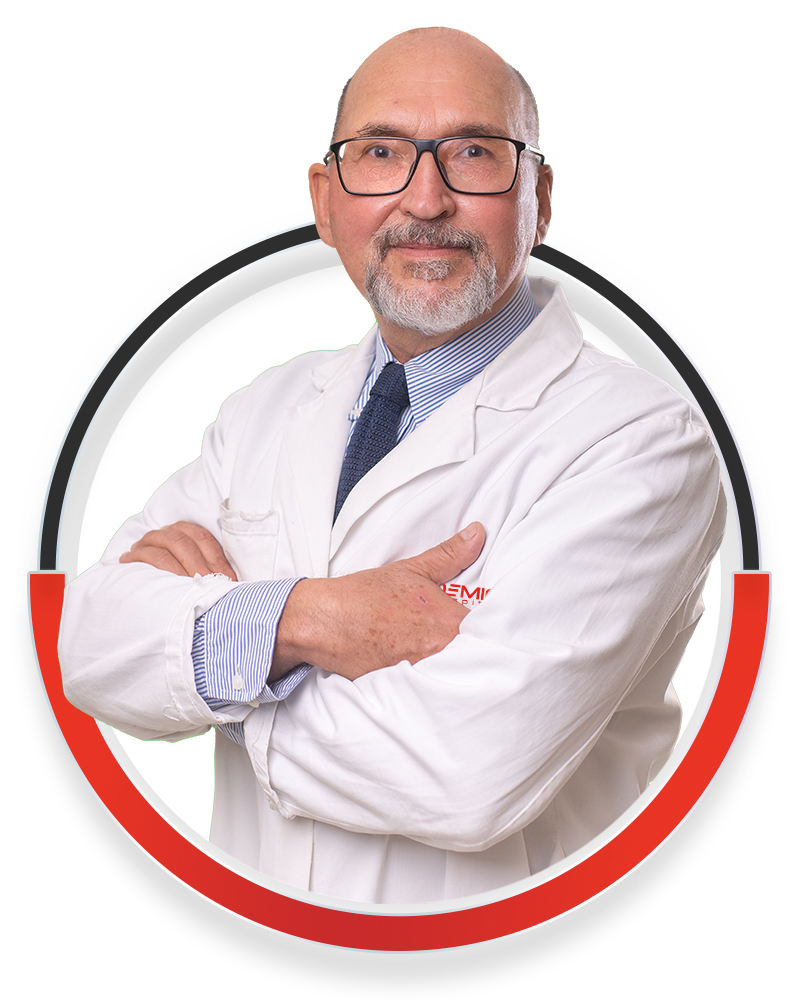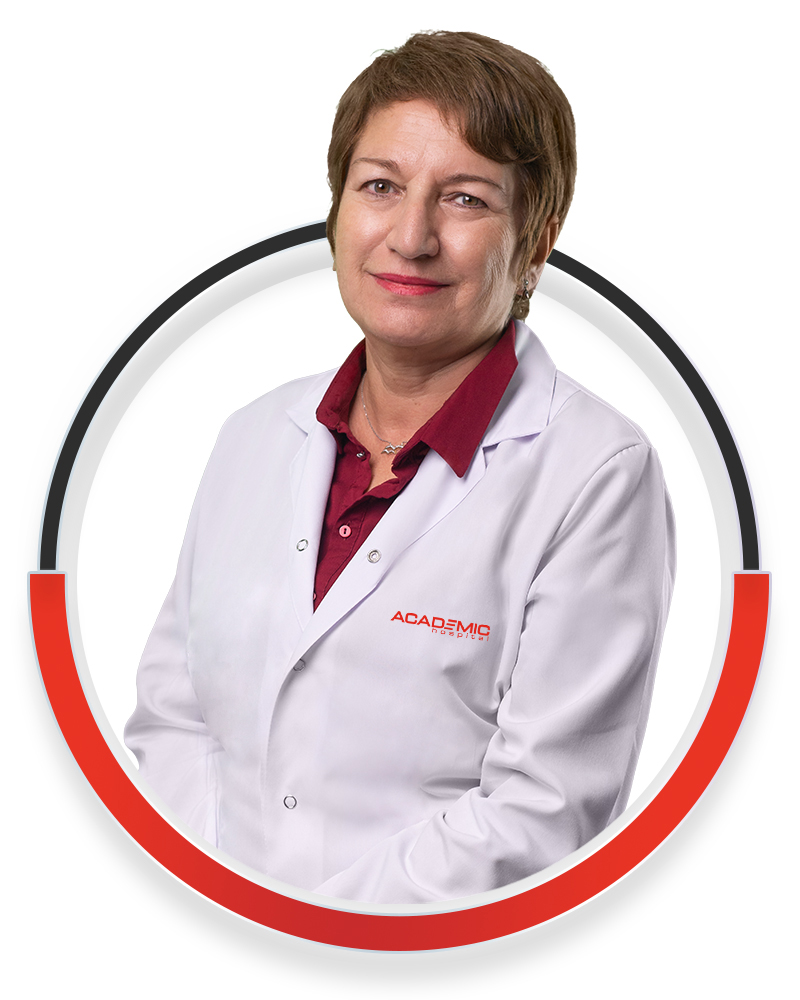What is chest diseases department?

A department interested in the diagnosis and treatment of diseases that affect the respiratory system, especially the lung. Patients who have chest pain or respiratory complaints should go to chest disease physicians for diagnosis and treatment.
Which diseases does pulmonary diseases department treat?
- Shortness of breath
- Cough
- Expectoration
- Respiratory Failure
- Lung cancer
- Sleep apnea
- Pulmonary embolism
- Lung cancer
- Allergy
- Bronchiectasis
- Sleep breathing disorder
- CPAP and BIPAP therapy
- Lung fibrosis
- Pulmonary function tests
What are the diagnostic methods?
Many different and advanced techniques, such as advanced radiological imaging methods, CT scans, chest x-rays, bronchoscopy, laboratory tests, pulmonary function tests, diffusion tests, allergy tests, and sleep tests, are used in the diagnosis of diseases that fall under the field of Chest Diseases Departments.
We Will Help You Quit Smoking
Smoking is the most important risk factor for many lung diseases. Physicians who diagnose and treat diseases related to the chest also support their patients with smoking addiction, smoking-related diseases, and smoking cessation methods. In the Smoking Cessation Clinic, personalized treatment is provided for everyone who wants to quit smoking and help them breathe in a healthy way again! With a completely holistic approach and the support of the psychiatry department and expert psychologists, more than one department works together to provide long-term support to the patients.
Apply to Chest Diseases if you have these complaints:
- Shortness of breath
- Wheezing
- Snore
- Cough
- Sputum
- Spitting blood
- Chest and back pain
- Anorexia
- Weight loss
- Weakness
- Night sweats
- Fire
What is Pulmonary Function Test? To whom and under what circumstances is it performed?
Pulmonary function test can be defined as the measurement of the capacity of the lungs. Pulmonary function tests are applied to patients with respiratory complaints after the physician's evaluation. Pulmonary function test determines the severity and degree of the disease and how it responds to treatment. There are a wide variety of pulmonary function test methods, such as slow vital capacity test, forced vital capacity test, diffusion test, and reversibility test.
When is it performed?
- If the patient has shortness of breath, wheezing, coughing, or sputum
- If the diagnosis of the disease that affects breathing needs to be clarified
- If abnormal findings are detected in the chest X-ray
- If the patient is a smoker for a long time
- If the patient will be operated under general anaesthesia
- If the patient is going to have lung or heart surgery
- If the patient will receive general anaesthesia for the surgery
- If the patient has trouble playing sports
- In follow-up cases ICU hospitalized patients
- In monitoring the results of the applied treatment
COMMON CHEST DISEASES:
Pneumonia (Pneumonia)
It occurs as a result of microbial inflammation of the lungs. It is one of the most common and deadly diseases in the world.
COPD (Chronic Obstructive Pulmonary Disease)
It occurs with the deterioration of the structure of the bronchi and air sacs and causes loss of a large part of the lung's capacity. The main reason is smoking. It usually occurs after the age of 40. The most important symptoms of the disease are cough, sputum, and shortness of breath.
Lung Cancer
One of the most common cancer types, the biggest cause of lung cancer is smoking. Lung cancer progresses very aggressively in a sneaky way, so by the time the diagnosis is made, more than half of the patients end up having metastases spread to other organs. Smoking cessation, early diagnosis methods, and treatment (chemotherapy, radiation therapy, immunotherapy, and surgical methods) all take place in the treatment of this disease.
Asthma and allergy are chronic diseases characterized by congestion and hypersensitivity of the airways. It is the most common chronic disease among children and young adults.
Sleep apnea
It can be summarized as a disruption of breathing that exceeds 10 seconds during sleep. It occurs due to obstructions that develop at various levels in the person's airway. Its main symptoms are snoring and excessive daytime sleepiness. If not treated, it could lead to hypertension, stroke, heart failure, heart attack, pulmonary hypertension, heart rhythm disorders, and sudden death during sleep. If a definite diagnosis of sleep apnea is made, a personalized treatment can be planned.
Lung Deflation (Pneumothorax)
This is a condition in which air fills the spaces between the lung membranes. It is a serious disease that can cause death if delayed. In cases of sudden chest pain and shortness of breath, it is necessary to apply to the emergency service immediately.
Pulmonary embolism:
It is the sudden occlusion of the arteries as a result of a clot traveling from a different part of the body (usually the leg vein) to the lung. In cases of palpitation, shortness of breath, or chest pain, it is necessary to apply to the emergency service immediately.
Lung Fibrosis (Lung Hardening):
It is the thickening and hardening of the spongy and flexible tissue of the lung. Diseased areas take on a scar-like appearance that makes it difficult for oxygen to pass from the lungs to the blood, which makes the brain, heart, and other organs unable to receive the oxygen they need. It can cause life-threatening conditions by paving the way for respiratory failure.







